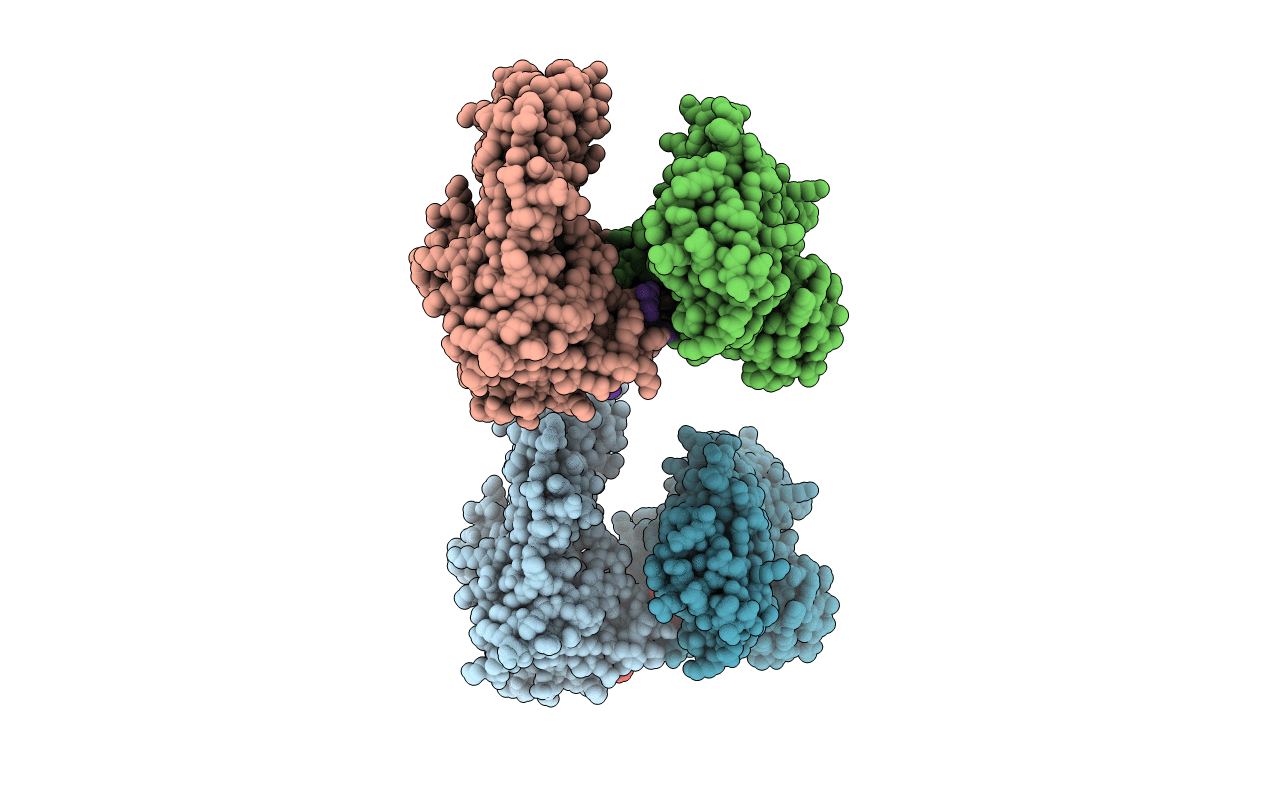
Deposition Date
2004-11-24
Release Date
2005-07-12
Last Version Date
2023-08-23
Entry Detail
PDB ID:
1Y3A
Keywords:
Title:
Structure of G-Alpha-I1 bound to a GDP-selective peptide provides insight into guanine nucleotide exchange
Biological Source:
Source Organism:
Homo sapiens (Taxon ID: 9606)
Host Organism:
Method Details:
Experimental Method:
Resolution:
2.50 Å
R-Value Free:
0.28
R-Value Work:
0.24
R-Value Observed:
0.25
Space Group:
P 1 21 1


